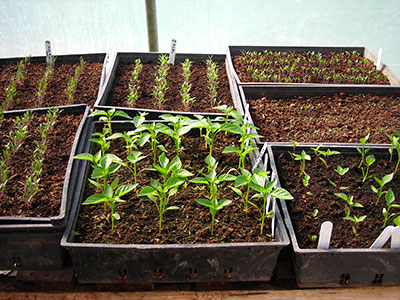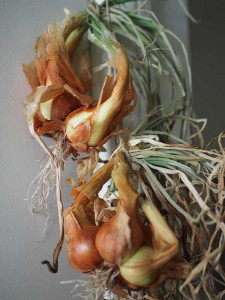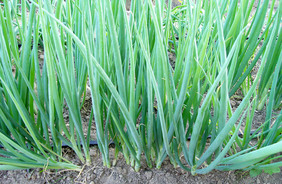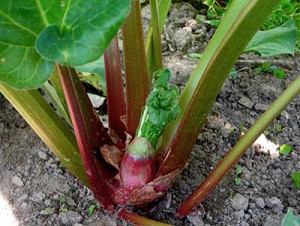Why grow your own transplants from seed?
1. The transplants you grow at home are often healthier, sturdier seedlings than any you could buy. (Seedlings should be short and sturdy, not long and spindly.) That means they’ll suffer less transplant shock, which often means better production.
2. You can time them so they’ll be just the right age when you’re ready to transplant (seedlings you buy are often over-old). This makes for a better start on life and healthier plants overall.
3. You’ll know the full life of your plants, and avoid introducing unknown pesticides or other chemicals into your garden.
4. When you grow your own transplants, you’ll usually end up with your more plants than you need, so you can share or trade with friends or neighbors.
5. Our favorite reason is that sowing your own lets you choose from a much, much larger number of varieties. While the situation is improving, there are still often only a handful of varieties commercially available as plants. The majority of our gardening diversity is only available to gardeners who grow from seed!
At the farm at Southern Exposure, March is when we sow our first round of nightshade crops. We’ll sow another round in late spring: where summers are hot, it’s best to sow a second, later batch for harvest in late summer and early fall. The same plants you put out in spring will be scraggly come September.
We sow peppers first, timing them to be 8-weeks-old at transplanting. Next we sow tomatoes and eggplants, timing the tomatoes to be 6-weeks-old at transplanting. The eggplants go in the ground a couple weeks after the tomatoes.
If you don’t have a greenhouse or cold frame to gow your seedlings, you can grow them inside your house. We recommend growing seedlings under grow lights indoors.





